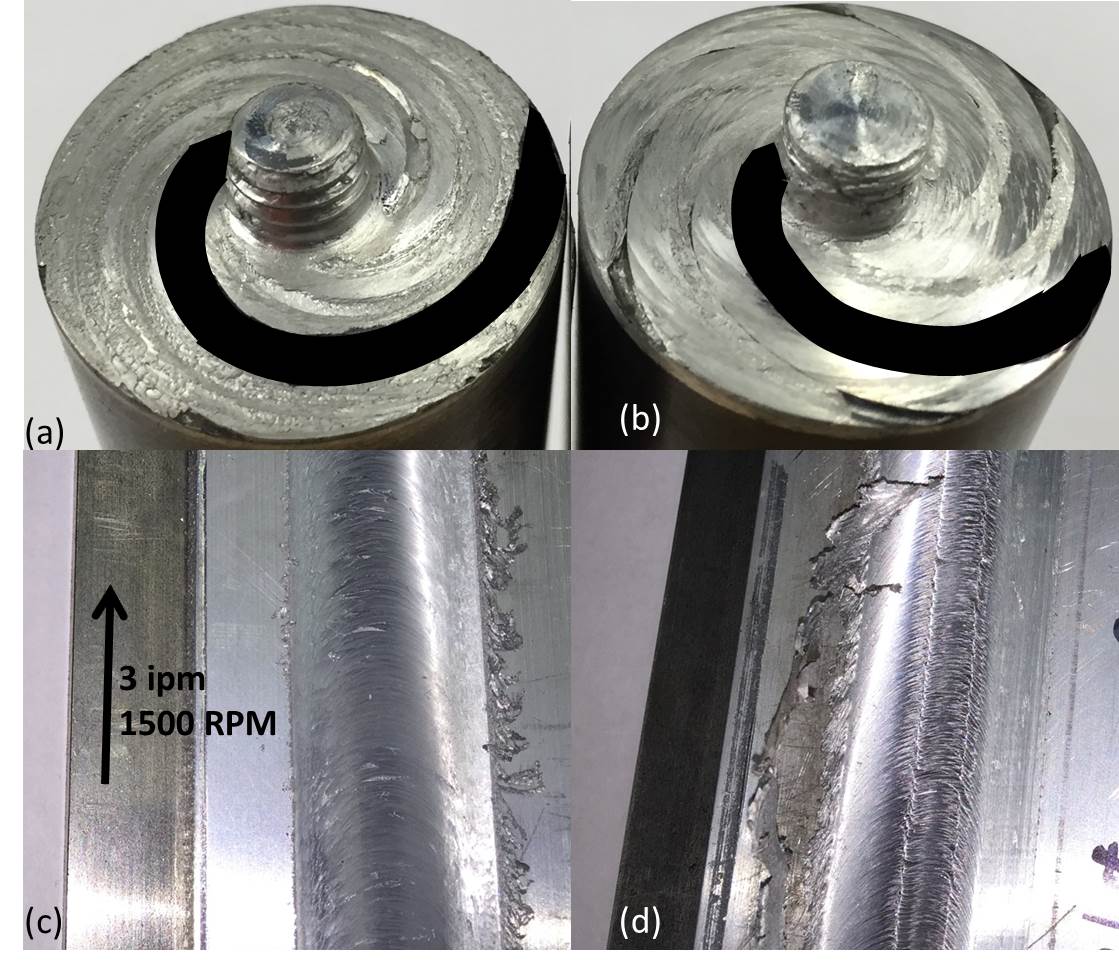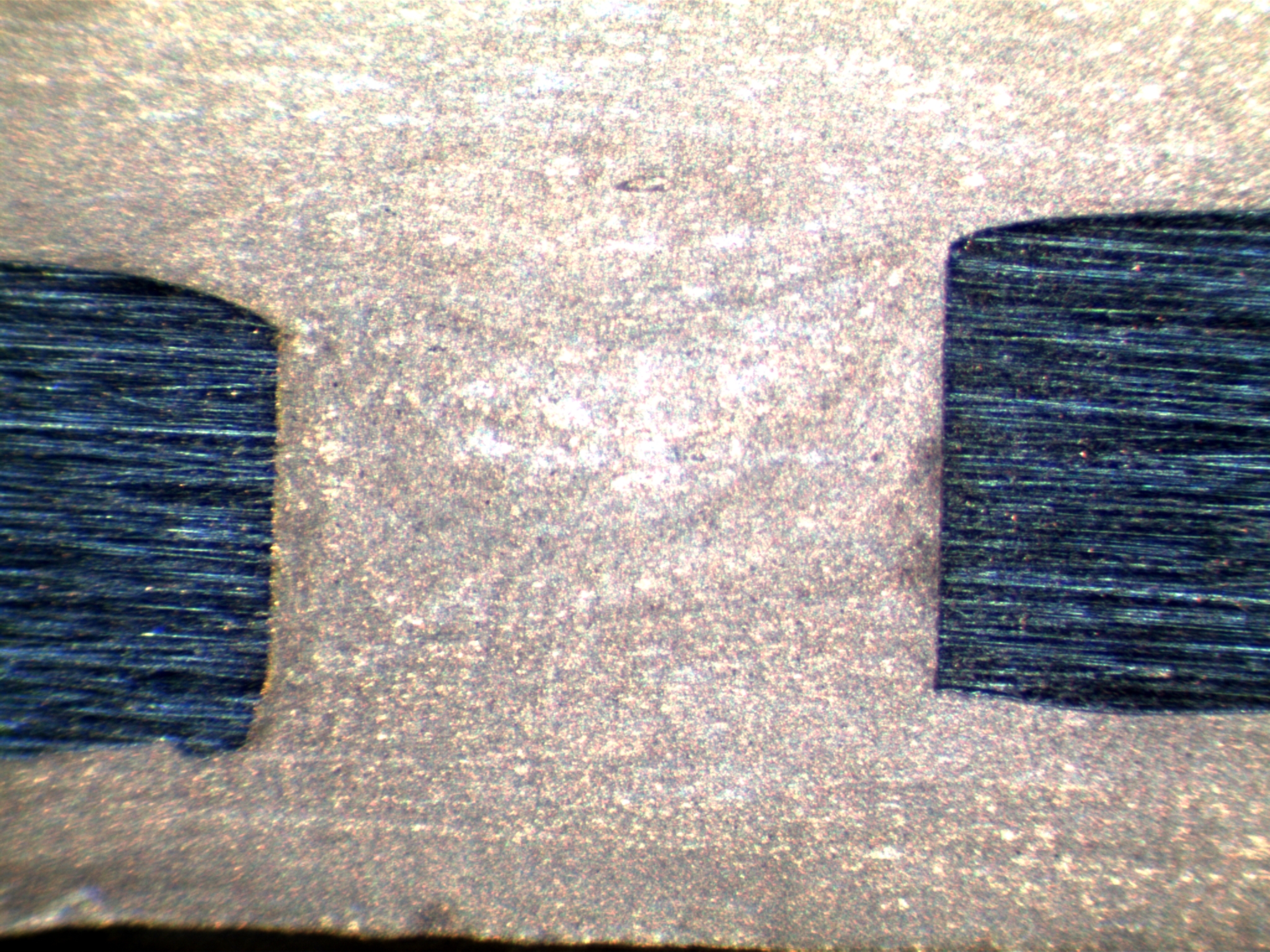Joining of Dissimilar Materials
Balancing weight and strength has always been a materials design challenge and
researchers continue to push the bounds with new high strength alloys. New high
strength alloys allow manufacturers to dream of how to make things stronger, smaller
and lighter weight. These new materials are used as part of an overall design and
must be joined to other dissimilar materials. For example, joining aluminum to steel
would greatly benefit car manufacturing by reducing weight to save on gasoline costs.
However, current welding methods are difficult or impossible between these materials
because of the different material properties.
Joining dissimilar materials such as aluminum to steel is a common problem in many
industries. VUWAL is working to extend the application of Friction Stir Welding (FSW)
and Friction Stir Spot Welding(FSSW) to join dissimilar metals and address the three
major issues associated with this: 1) vastly different material properties, 2) the
formation of intermetallic compounds, and 3) increased tool wear due to contact with
hard materials. Applications of FSW could provide a cost effective and efficient way
of joining dissimilar materials.
Friction Stir Extrusion (FSE)1
FSE utilizes the plastic flow of FSW to extrude the softer of the two materials
into a preformed groove of the harder material. The process forms a mechanical bond
and avoids many of the disadvantages of other joining methods. The same methods can
be extended to join plastics to metals, metal matrix composites to metals, or any
other set of materials where one of them can be extruded. The shape of the slot can
be optimized for the application.
 |
 |
 Friction Stir Riveting (FSR)
Friction Stir Riveting (FSR)
FSR is an extension of FSE that uses double-sided Friction Stir Spot Welding (FSSW)
to create a viable alternative to current riveting processes. In FSR, dissimilar
materials are joined by extruding material through a preformed hole. One application
is to create a preformed hole in a sheet of steel and then layer it with a sheet of
aluminum on either side. A double-sided FSSW is performed at the location of the hole
and material from both aluminum sheets flows into the hole and form a rivet like
mechanical fastener.


Bibliography
1. Evans WT, Gibson BT, Reynolds JT, Strauss AM, Cook GE. Friction Stir Extrusion: A new process for joining dissimilar materials. Manuf Lett 2015;5:25–8.
Connect with Vanderbilt
©2025 Vanderbilt University ·
Site Development: University Web Communications